Latest cold air news: Currently (February 12), the cold air mass has been reported to be moving south. Due to the influence of cold air, from tomorrow (February 13), the North and North Central regions will be cold, the mountainous areas of the North will have some places with severe cold, accompanied by light rain, drizzle, fog, causing prolonged humidity.
Latest cold air news: The North welcomes a new cold air wave, starting a series of drizzle and humid days
According to the National Center for Hydro-Meteorological Forecasting, currently (February 12), the cold air mass is moving south.
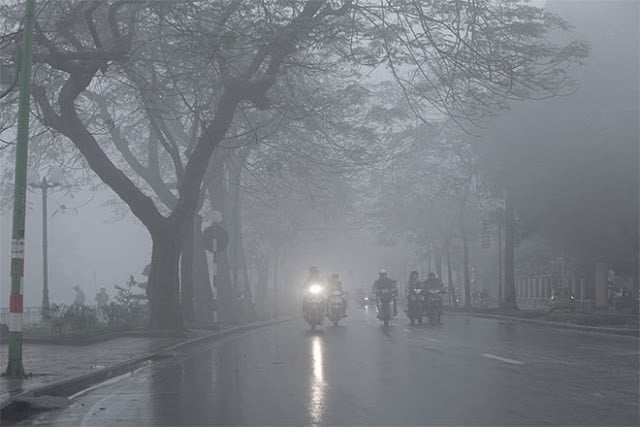
Latest cold air news: The North welcomes a new cold air wave, starting a series of drizzle and humid days
Around the night of February 12 and early morning of February 13, this cold air mass will affect the Northeast region, then affect the North Central region and some places in the Northwest. The wind inland will change to the Northeast at level 2-3, and level 3 in coastal areas.
In the North and North Central regions, the weather continues to be cold, with some mountainous areas in the North experiencing severe cold. The lowest temperature during this cold spell in the North is generally 14-17 degrees Celsius, in the highlands 11-13 degrees Celsius, and in some places below 10 degrees Celsius; in the North Central region, it is generally 15-18 degrees Celsius.
Hanoi area: cold weather. The lowest temperature in this cold air mass is commonly 15-17 degrees.
From early morning on February 13, in the Gulf of Tonkin, the wind changed direction to strong Northeast level 5, in the North sometimes level 6, gusting to level 7-8, rough sea, waves 1.5-2.5m high; in the North East Sea area (including the sea area of Hoang Sa archipelago), the Northeast wind gradually increased to level 6, gusting to level 7-8, rough sea, waves 2.0-4.5m high.
| Forecast time | Area of influence | Lowest temperature ( o C) | Average temperature ( o C) |
| Night of 12th and 13th February | North | 15-18, highland areas 13-15 degrees, some places below 11 | 17-19; mountainous areas 15-17, some places below 13 degrees. |
| North Central Coast | 16-19 | 18-20 | |
| Night of 13th and 14th February | North | 14-17, highland areas 11-13 degrees, some places below 10 degrees | 17-19; mountainous areas 15-17, some places below 13 degrees. |
| North Central Coast | 15-18 | 18-20 |
Due to the influence of cold air strengthening combined with strong currents in the upper westerly wind zone from the night of February 12 to the morning of February 13, the Northeast and North Central regions will have rain and light rain.
Cold weather, severe cold in some places, can affect livestock and poultry; greatly affecting the growth and development of crops.
Strong winds and large waves at sea are likely to affect boating and other activities.
According to hydrometeorological experts, from now until the end of February, the North and North Central regions will be affected by many cold air waves. These northeast monsoons are still likely to cause severe cold (average daily temperature below 13 degrees Celsius) in the North and North Central regions. The average temperature across the country is generally approximately the same as the same period, with the North and North Central regions being 0.5-1 degrees Celsius lower.
Regarding the humid condition, this phenomenon often occurs in spring. At this time, cold air masses no longer move in the North-South direction, but move to the East, causing Northeast to East winds in the North, causing the humidity in the air in the Northeast and the capital Hanoi to increase, at many times reaching the saturation threshold, causing the humid condition.
According to hydrometeorological experts, the wet season in 2025 will not be as strong as in 2024. This year’s wet season is expected to last from 3-5 days, or even a week. This phenomenon will only end or change when the Northeast monsoon arrives.
Humidity causes many inconveniences in daily life, such as wet floors, water-filled walls and ceilings. Clothes are difficult to dry and easily get moldy.
High humidity also creates favorable conditions for bacteria and mold to grow, affecting health, especially respiratory diseases such as allergic rhinitis, sinusitis, pharyngitis, bronchitis and asthma.
In addition, humid environments also make skin diseases such as skin fungus, atopic dermatitis and acne more likely to arise, especially in young children and the elderly with weak resistance. People with bone and joint diseases may also feel more pain due to high humidity affecting the joints.
Source: https://danviet.vn/du-bao-nong-ve-mua-phun-nom-am-o-mien-bac-dem-nay-12-2-mien-bac-don-dot-khong-khi-lanh-moi-20250212165150475.htm


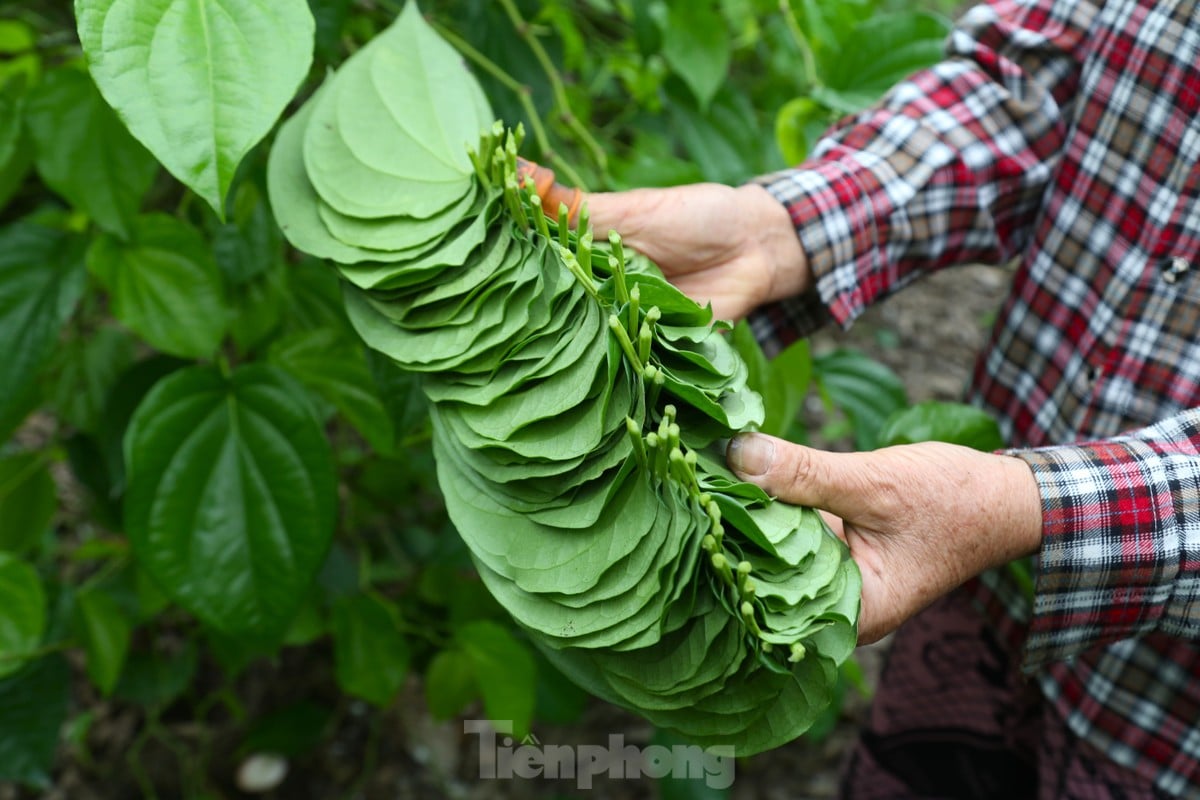































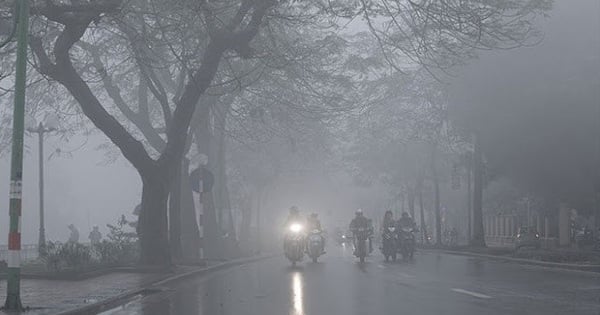
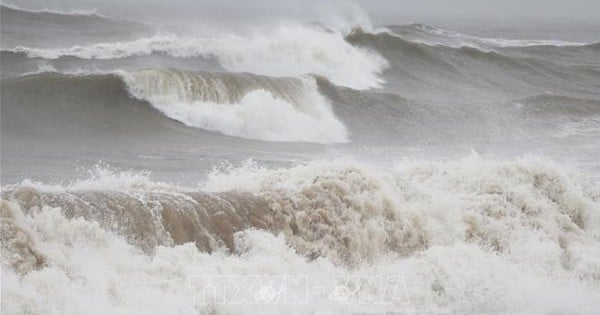
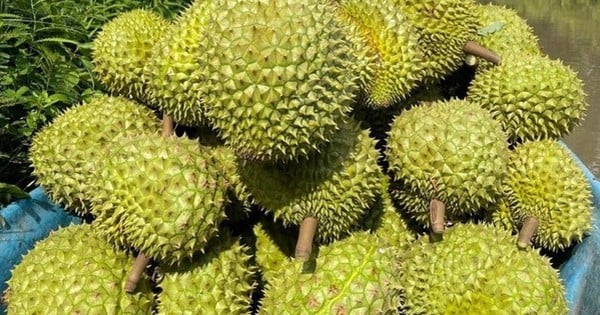
















Comment (0)